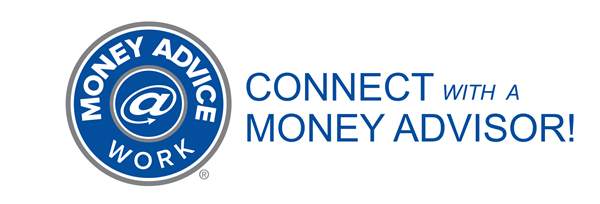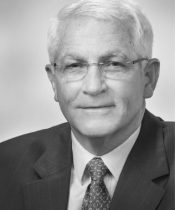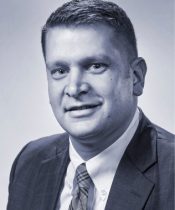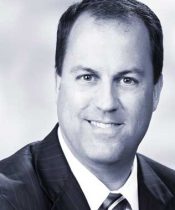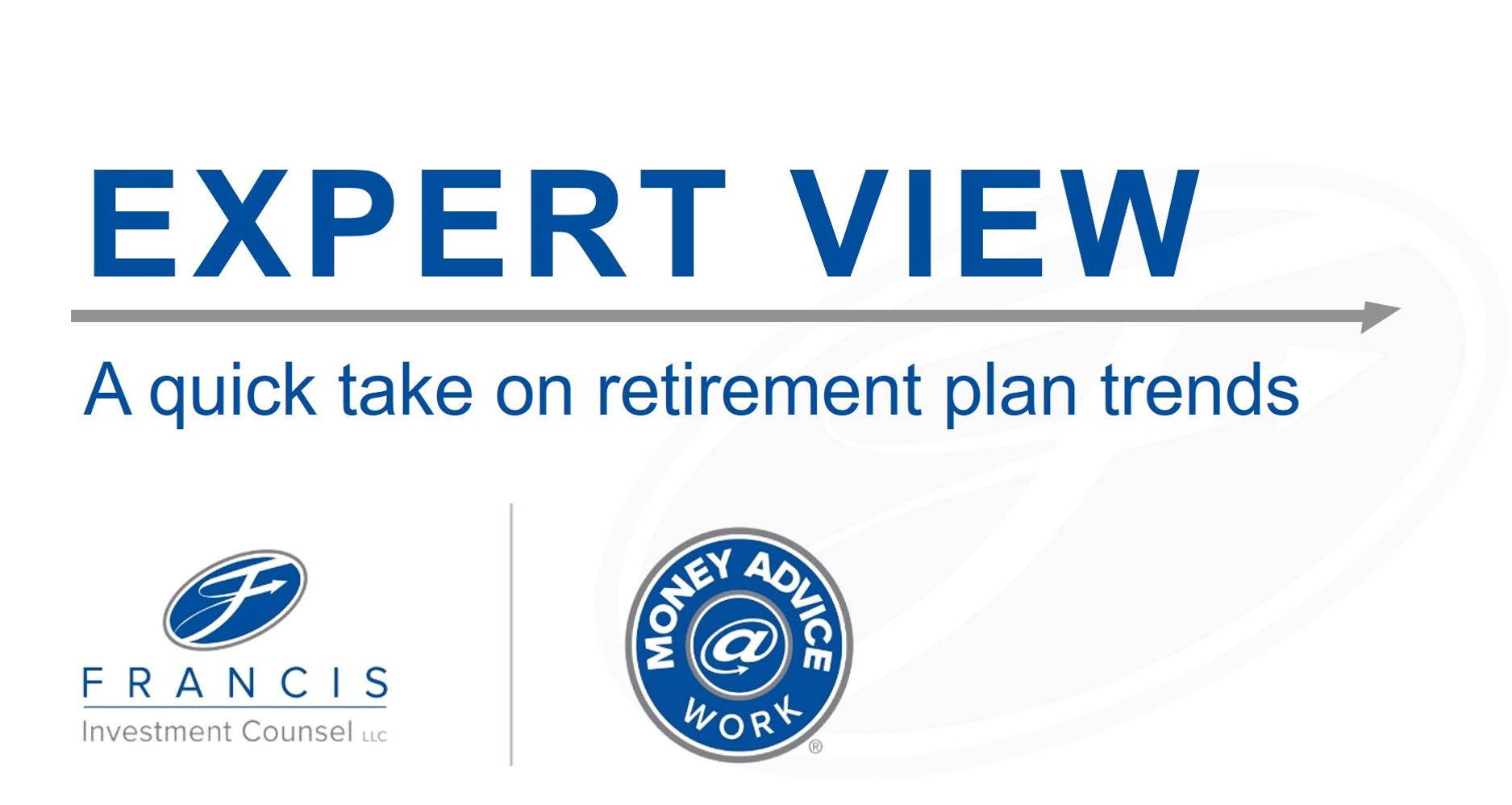
Keeping Retirement Plan Committees “In-Shape” with Fiduciary Training
Assembling your Fiduciary “Dream Team”
Who to include in fiduciary training may seem obvious: the plan’s fiduciaries. Assembling a retirement plan committee, however, varies based upon the make-up of the organization.
Retirement plan committee members often originate from senior leadership positions within finance and human resources, such as an organization’s Chief Financial Officer and Chief Human Resources Officer. In addition, committee membership might include partners from accounting, payroll, local HR business partners when organizations have multiple locations, and operations when a population of production employees are to be served.
If an organization prefers to limit committee membership in order to protect individuals from taking unnecessary fiduciary risks, an advisory committee to the committee of plan fiduciaries can be established. This group attends meetings, provides feedback, but ultimately does not carry the fiduciary obligation to vote on actions to be taken.
Each of these individuals should participate in fiduciary training. Additional training is warranted when a new member joins the committee. Depending on the organization, training for the board of directors may be appropriate as well, especially during times of significant turnover, management changes, or periodically as a means of monitoring the plan.
The Fiduciary Training Rundown
Once you determine fiduciary training participants, the next step is understanding what the training itself should include. There are three key areas to address:
1) Overview of the Employee Retirement Income Security Act of 1974 (ERISA)
ERISA is an enormous body of law. At a bare minimum, fiduciary training outlines why ERISA exists, including events that led to its signing. This information provides a backdrop for plan fiduciaries to properly frame their responsibilities. Individuals involved in retirement plan oversight come from all types of professional backgrounds, so establishing this basic knowledge is an important foundation of fiduciary training.
2) Explanation of ERISA fiduciary duties
ERISA outlines key duties fiduciaries must follow. Those involved in plan oversight activities must understand what these duties are and take seriously the gravity of their decision-making. ERISA fiduciaries may be held personally liable for wrong-doing. For this reason, it is imperative for the committee to differentiate between business decisions and plan-related decisions. While many committee members have the primary, day-to-day focus of running a business, that focus changes when they put on their “fiduciary hats.” All plan-related decisions must be made in the best interest of the plan’s participants.
3) Documenting committee member roles and responsibilities
Fiduciary training is also a time to review any documentation outlining the roles and responsibilities of committee members, such as a committee charter and/or investment policy statement. These documents should outline both settlor and fiduciary functions fulfilled by an organization’s board of directors, oversight committee, and others responsible for plan oversight. If these documents do not exist, then a discussion of establishing them should be facilitated.
Gain More Insights
Motivation to “Push Through” all that Fiduciary Training
The gravity of personal liability underscores the importance of fiduciary training. However, consider what happens when the Department of Labor (DOL) comes knocking. In the event of a plan audit – or a participant complaint – the question regarding what kind of training the committee participates in will be asked. Having an established training process and/or policies in place demonstrates prudent oversight of the plan.
Fiduciary Training is a Marathon (and Sometimes a Sprint, too)
A fiduciary training model of “one-and-done” is not sufficient to keep a retirement plan committee “in-shape.” Like any kind of training, consistency matters. Fiduciary training needs to be ongoing in nature so plan fiduciaries stay up-to-date on regulatory and legislative changes.
Take 2020 as an example. In late 2019, committees had to digest the SECURE Act. Shortly after, they were confronted with the changes established through the CARES Act as a result of the COVID-19 pandemic. Additionally, the DOL released guidance regarding electronic delivery of required notifications during 2020.
With an ever-changing landscape, it’s a sprint for plan fiduciaries to keep up. Committees with an established, ongoing training routine are well-paced and equipped to stay ahead of industry practices.
The Prize
The value of fiduciary training – both initially and ongoing – is that it forces a committee to step back and reflect on areas it may not otherwise pause to consider. Members of retirement plan committees are preoccupied running a business, but it’s important to maintain a clear vision of the plan and the responsibilities it entails.
Assess your Committee’s Fiduciary “Fitness”
Is your retirement plan committee “in-shape,” or are there gaps in your fiduciary training routine? You can evaluate the condition of your committee by answering the following questions:
- How long have the members of our committee been in place?
- When was the last time our committee completed a formal fiduciary training session?
- When regulatory or legislative changes occur, who or what resources does our committee rely upon for guidance?
- Can our committee demonstrate a fiduciary training process in the event it is questioned during an audit or as a result of a participant complaint?
Francis Investment Counsel conducts initial and ongoing fiduciary training for all the client committees we serve. Through formal training sessions and ongoing updates provided during quarterly meetings, our clients stay up-to-date on matters that affect fiduciary oversight. Reach out to our experienced team of experts to learn how we can help your committee stay “in shape.”
Tags: fiduciary training, ERISA, ERISA fiduciary, retirement plan committee

